How to Get the Most Nutrients Out of Healthy Foods
Just buying healthy foods isn't enough. How you prepare them matters, too.
By Jessica Migala
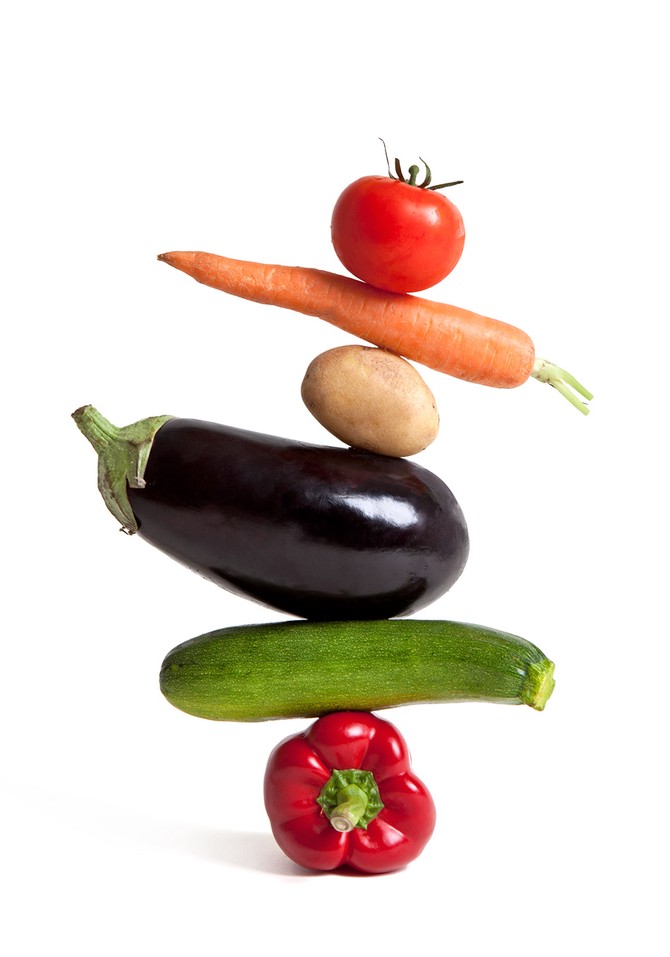
Photo: Getty Images
While many people believe that stocking your kitchen with the right stuff—from kale to mixed nuts to a colorful assortment of veggies—is the key to a solid diet, that's not entirely true. If you don't prepare these foods the ideal way, you might be missing out on many of the nutrients that make them so potentially healthy. Researchers have tested a range of foods and cooking methods, from boiling to microwaving, to discover which yield the most nutritious results. Here's your cheat sheet—don't cook without it!
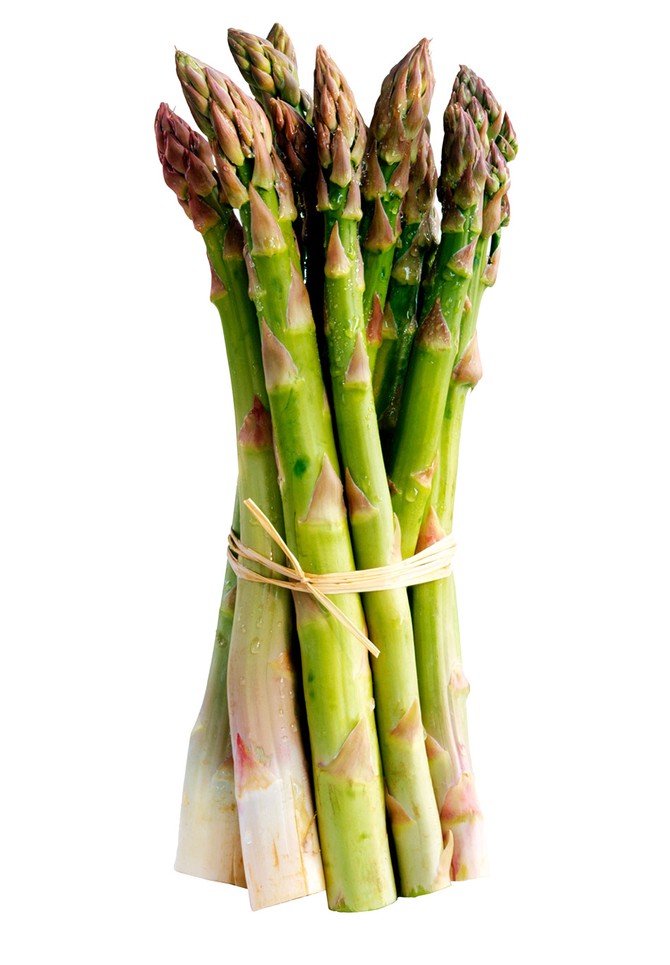
Photo: Getty Images
Cooked Veggies
Best: Microwaved
"Properly cooking vegetables in the microwave can go a long way toward reducing nutrient loss," says registered dietitian Sandra Bastin, PhD, who uses the method in her own kitchen. Microwaving limits the need for heat and water, both of which can cause vegetables to lose nutrients. And when Spanish researchers looked at the impact of cooking techniques on 20 different veggies, they discovered that microwaving ranked higher than boiling when it came to preserving antioxidants. Place veggies in a glass container with one to two tablespoons of water, and microwave on high until they are crisp and bright in color.
"Properly cooking vegetables in the microwave can go a long way toward reducing nutrient loss," says registered dietitian Sandra Bastin, PhD, who uses the method in her own kitchen. Microwaving limits the need for heat and water, both of which can cause vegetables to lose nutrients. And when Spanish researchers looked at the impact of cooking techniques on 20 different veggies, they discovered that microwaving ranked higher than boiling when it came to preserving antioxidants. Place veggies in a glass container with one to two tablespoons of water, and microwave on high until they are crisp and bright in color.
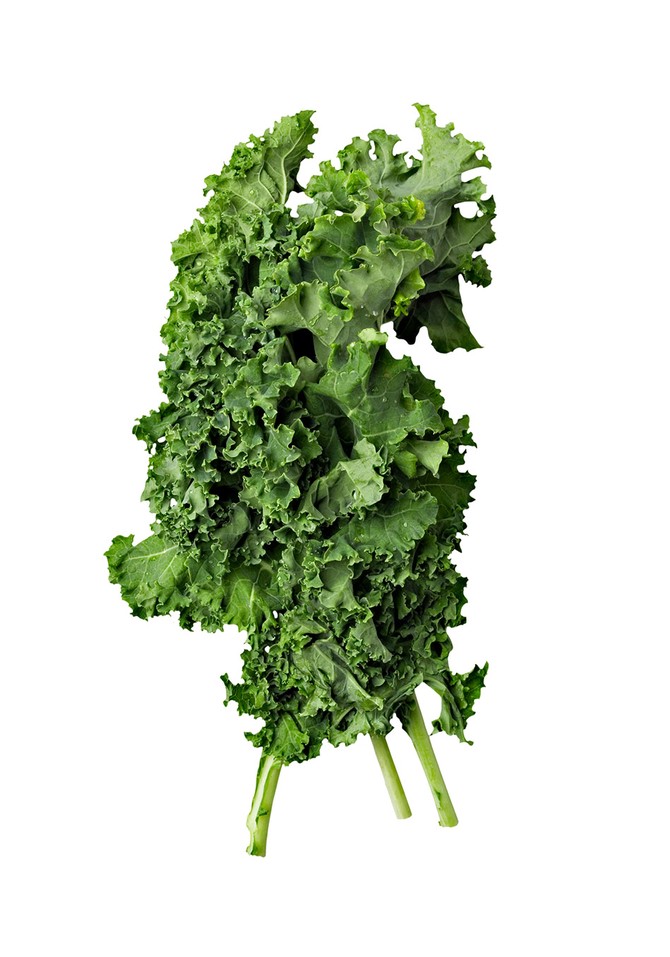
Photo: Getty Images
Kale
Best: Raw
Here's why you should enjoy this leafy green uncooked: According to one study, boiled kale lost 89 percent of its vitamin C, and its polyphenols (compounds that may lessen your risk of disease) were reduced by more than half. If raw kale is too tough for you, registered dietitian Julieanna Hever suggests massaging the leaves with avocado or olive oil.
Here's why you should enjoy this leafy green uncooked: According to one study, boiled kale lost 89 percent of its vitamin C, and its polyphenols (compounds that may lessen your risk of disease) were reduced by more than half. If raw kale is too tough for you, registered dietitian Julieanna Hever suggests massaging the leaves with avocado or olive oil.
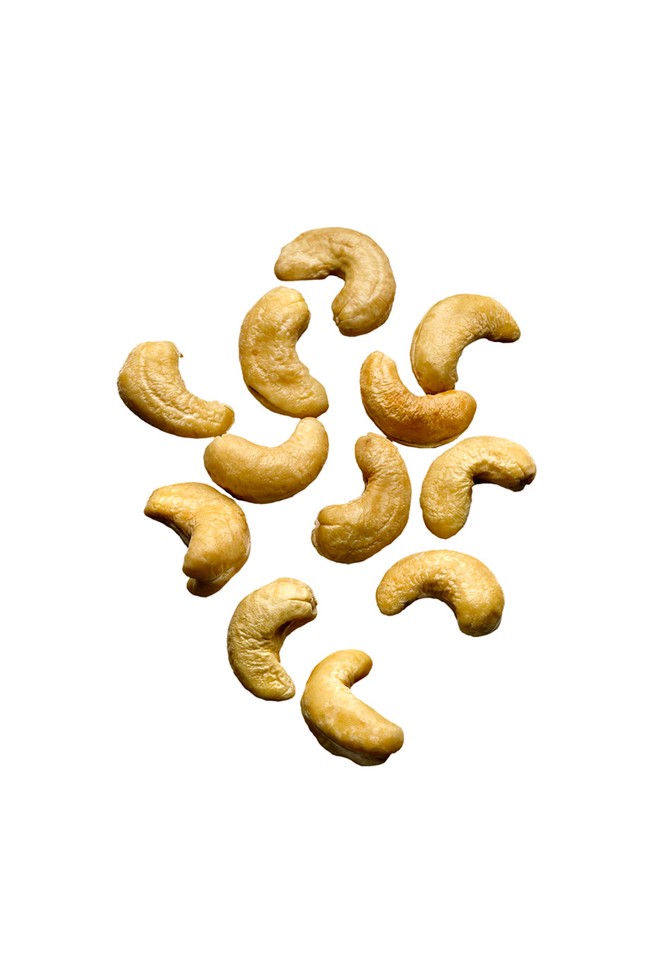
Photo: Getty Images
Cashews
Best: Roasted
As long as you're roasting chestnuts on an open fire, throw some cashews on there, too. Cooking cashews at around 265 degrees for 33 minutes produces nuts that not only are tastier, but also have a higher antioxidant level than their uncooked counterparts, according to research. Roasting helps in two ways: It may free nutrients that are bound together in the raw nut, and it may also cause a chemical reaction responsible for increasing antioxidant activity.
As long as you're roasting chestnuts on an open fire, throw some cashews on there, too. Cooking cashews at around 265 degrees for 33 minutes produces nuts that not only are tastier, but also have a higher antioxidant level than their uncooked counterparts, according to research. Roasting helps in two ways: It may free nutrients that are bound together in the raw nut, and it may also cause a chemical reaction responsible for increasing antioxidant activity.
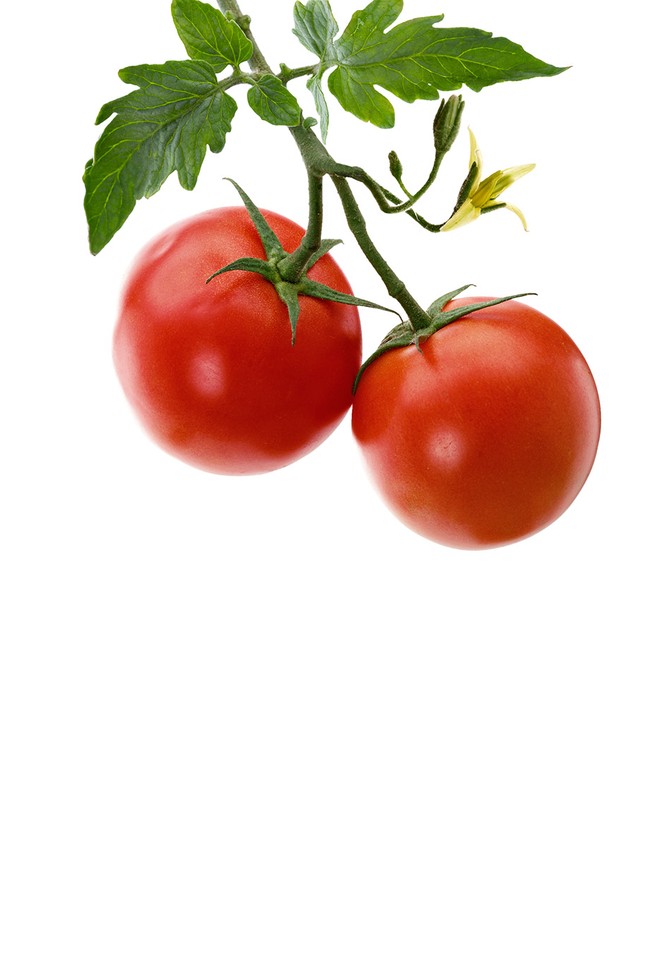
Photo: Getty Images
Tomatoes
Best: Simmered
A 2013 study found that tomato paste had more than double the lycopene (a chemical that may help fight heart disease and cancer) of raw tomatoes; heat breaks down the insoluble fiber in the fruit, releasing lycopene. To make your own paste, simmer chopped tomatoes with salt on the stove until they reach a pureelike consistency. Run the puree through a food mill to remove the skin and seeds. Spread the puree in a baking pan and place it in the oven at 300 degrees. Stir every 30 minutes until the paste is thick and deep red.
A 2013 study found that tomato paste had more than double the lycopene (a chemical that may help fight heart disease and cancer) of raw tomatoes; heat breaks down the insoluble fiber in the fruit, releasing lycopene. To make your own paste, simmer chopped tomatoes with salt on the stove until they reach a pureelike consistency. Run the puree through a food mill to remove the skin and seeds. Spread the puree in a baking pan and place it in the oven at 300 degrees. Stir every 30 minutes until the paste is thick and deep red.
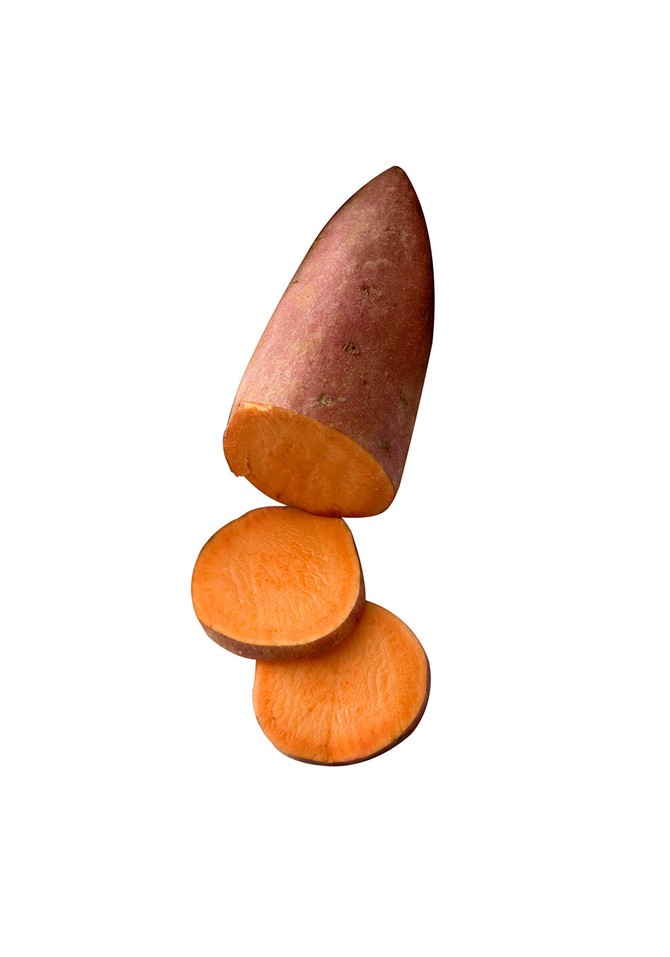
Photo: Getty Images
Sweet Potatoes
Best: Dried
Move over, sweet potato fries. A recent study looked at where the spuds fell on the glycemic index (GI), which measures how food affects your blood sugar (the lower the number, the better). The results: Sweet potatoes that had been dehydrated (a drying method that turns taters into chips) had a GI score of 41, better than when they were steamed (63), baked (64), or microwaved (66). You can buy a dehydrator online for about $40. Once your sweet potato chips are dried, add salt for flavor.
Move over, sweet potato fries. A recent study looked at where the spuds fell on the glycemic index (GI), which measures how food affects your blood sugar (the lower the number, the better). The results: Sweet potatoes that had been dehydrated (a drying method that turns taters into chips) had a GI score of 41, better than when they were steamed (63), baked (64), or microwaved (66). You can buy a dehydrator online for about $40. Once your sweet potato chips are dried, add salt for flavor.
From the December 2014 issue of O, The Oprah Magazine

